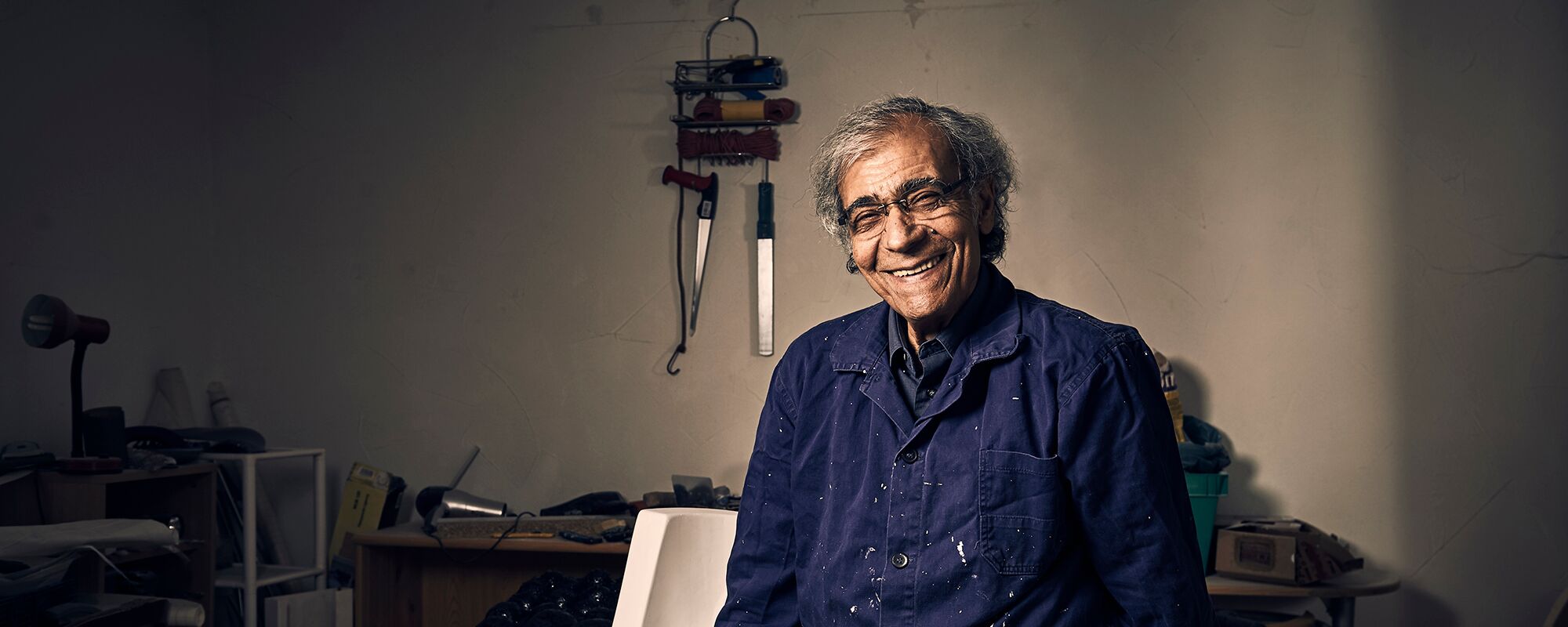Mahmud Ebrahimi
Mahmud Ebrahimi is born in 1939 as the oldest son of a Persian family descendant of royalty in Sirdjan/Iran. After the completion of his
secondary education, he moved to Teheran and learned sculpting from his uncle Ali Ghahari, professor of the academy of practical Art and Sculpture. He was also involved in making a few famous sculptures of his uncle, which are still standing tall in some museums and public parks in Iran. He worked with his uncle in his studio in which they were using a special innovation which enabled them to make sculptures in bronze in 4×2,5 meters in one piece.
In 1960, Mahmud followed his fathers wish and came to Germany to study medicine. While studying, he supported him self by working in a advertising agency as a graphic artist. Because of his great artistic
understanding and skills, he soon became a wanted man. The contracts grew very rapidly so he stopped studying and worked full-time.
Soon he started the first and biggest lithography agency in Saarbrücken, doing mainly graphic design and lithography.
But sculpting and painting stayed as his profession.
Ever since 1983 Mahmud is working as an artist in painting and graphic and worked intensely in the airbrush technic. In time, they grew into paintings and graphic in the third dimension. He moved in the footsteps of his uncle und sculpting. He soon found great interest in reliefs. His first reliefs representing the monotheism principle:
“There is only one God and no other” (Islam) or “I am the Lord, your God, you should have no other God” (Christianity).
The Arabic text contains 4 words and 12 characters: we can recognize God in many ways in these numbers constellation within the space and time. 4 seasons and 12 months. 4 elements, 4 directions. With his sculptures brings Mahmud Ebrahimi these prime elements into the vision and adds many fantasies to it and manages to create reliefs in such
effects and intensity.
The viewer is dragged into the beauty and ascetics of these reliefs even without knowing the backgrounds information. The works of Mahmud are presented in the free form. They are relief sculptures in an original style. He called it “wall-sculptures”.
Dr. Kurt Bohr

